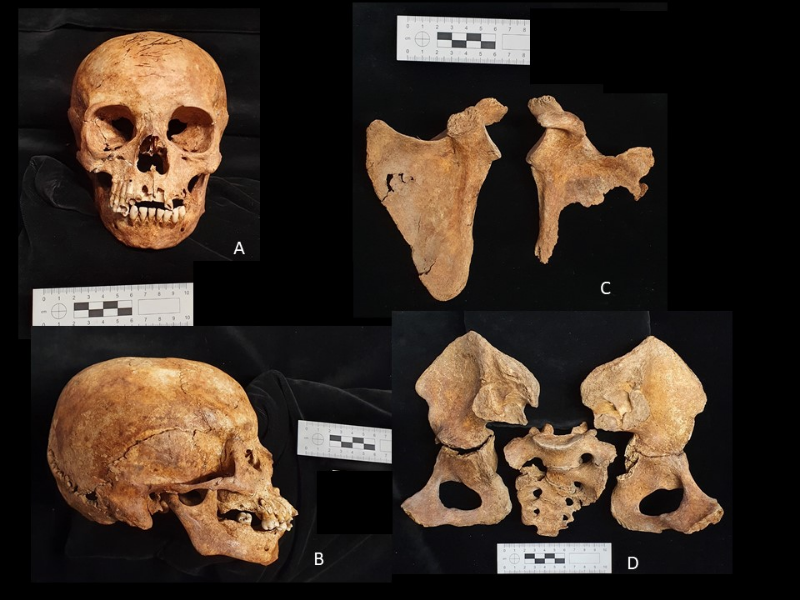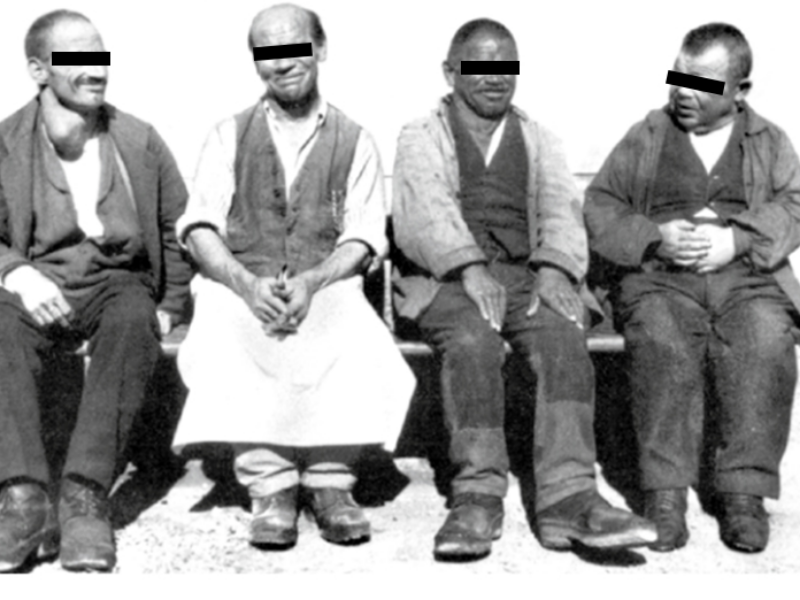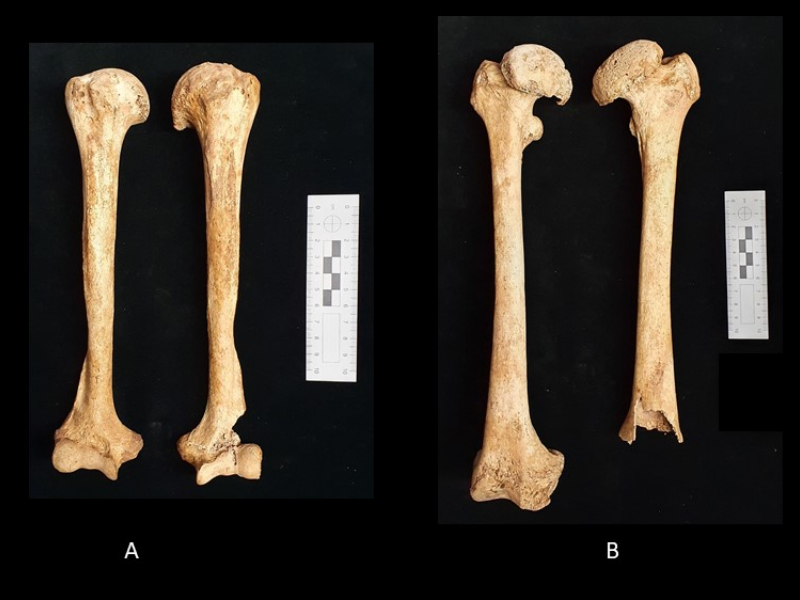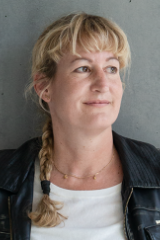Old bones, new findings
Skeletal remains with iodine deficiency from Riggisberg
Researchers at the University of Bern have discovered evidence of congenital iodine deficiency syndrome in skeletal remains from Riggisberg (BE). This study sheds new light on the history and spread of the disease in Switzerland.

Iodine is a vital trace element. According to estimates by the World Health Organization (WHO), 2 billion people worldwide still suffer from mild iodine deficiency. The fact that congenital iodine deficiency syndrome has virtually disappeared in Switzerland today is thanks to a significant social medical intervention: “The drastic epidemiological decline in severe hypothyroid symptoms due to iodine deficiency coincided with the fortification of table salt with iodine over a hundred years ago. Research by several Swiss doctors led to this decision," explains Sandra Lösch, Head of the Anthropology Department at the Institute of Forensic Medicine at the University of Bern. In 1922, Switzerland became the first country in the world to introduce political measures to combat this disease.
Iodine deficiency in the past and today
While examining historical skeletons from the cemetery of the former poorhouse in Riggisberg in the canton of Bern, Sandra Lösch's team found evidence of congenital iodine deficiency syndrome, a disease that has largely been forgotten. This syndrome, historically also known as 'cretinism', was particularly prevalent in Switzerland's Alpine regions until the early 20th century. It led to physical and mental impairments, including short stature, bone malformations, and cognitive developmental deficits.

Examination of the skeletal remains
The team from the Department of Anthropology at the Institute of Forensic Medicine examines all human bones found in the canton of Bern. As part of this study, the team analyzed 121 adult skeletons buried in Riggisberg. They identified typical features of the disease, including short stature and a characteristic skull shape, in four individuals. Six other skeletons were also most likely affected by the disease. "This study systematically investigates skeletal markers of congenital iodine deficiency syndrome in an archaeological context, expanding the limited data set of paleopathological cases of iodine deficiency syndrome," Lösch explains.

Undiscovered cases and challenges in diagnostics
The researchers compared the findings from Riggisberg with a reference group of 2,314 documented skeletal remains from the canton of Bern. They found that iodine deficiency syndrome was underrepresented in the archaeological remains of adults, compared to epidemiological data. “Our study suggests that some cases of congenital iodine deficiency syndrome in archaeological remains may have gone undiagnosed, and this is reflected in the lack of documented affected cases in archaeological collections,” says Christine Cooper, the study's first author. This could be due to the high infant mortality rate of affected individuals and the difficulty of diagnosing the syndrome in skeletons that are not yet fully grown.
“The results of this study are an important step towards improving the diagnosis of diseases that have largely disappeared today using archaeological bone finds,” explains Sandra Lösch. “Future research could help identify further cases and deepen our knowledge of this disease’s distribution in the past.”
The Federal Food Safety and Veterinary Office still sees room for improvement in measures to improve the iodine intake of the Swiss population. It recommends ensuring an adequate iodine supply.
Publication details
Cooper C, Keller F, Alterauge A, Lösch S. Endemic congenital iodine deficiency syndrome from a 19th to 20th century poorhouse cemetery in Riggisberg, Switzerland. Int J Paleopathol. 2025 Jul 1;50:44-56. doi: 10.1016/j.ijpp.2025.06.004. Epub ahead of print. PMID: 40601994.
URL: sciencedirect.com/science/article/pii/S1879981725000361
DOI: https://doi.org/10.1016/j.ijpp.2025.06.004
About the person

Dr. Sandra Lösch
Dr. Sandra Lösch studied biology with a major in anthropology at Ludwig Maximilian University in Munich (LMU). Since 2010, she has been Head of the Anthropology Department at the Institute of Forensic Medicine at the University of Bern, Switzerland. Sandra Lösch supervises SNF-funded projects on people in prehistory, early history, and the Middle Ages. Her team works on human remains from archaeological excavations in various cantons and abroad.Subscribe to the uniAKTUELL newsletter

Discover stories about the research at the University of Bern and the people behind it.